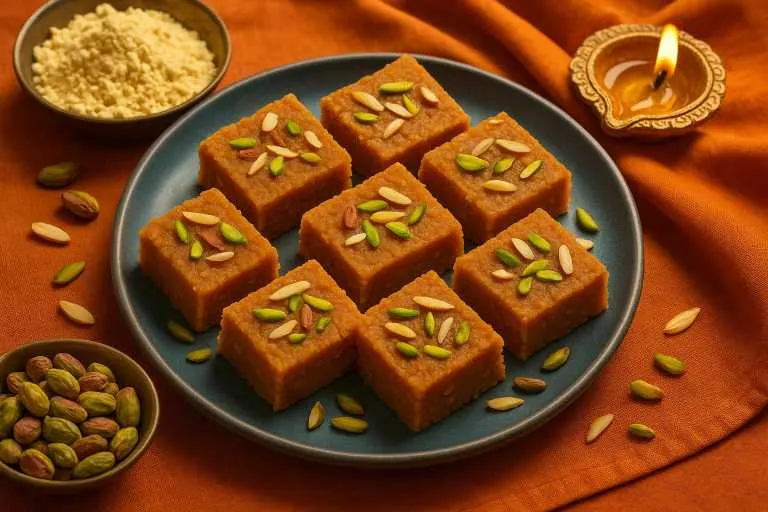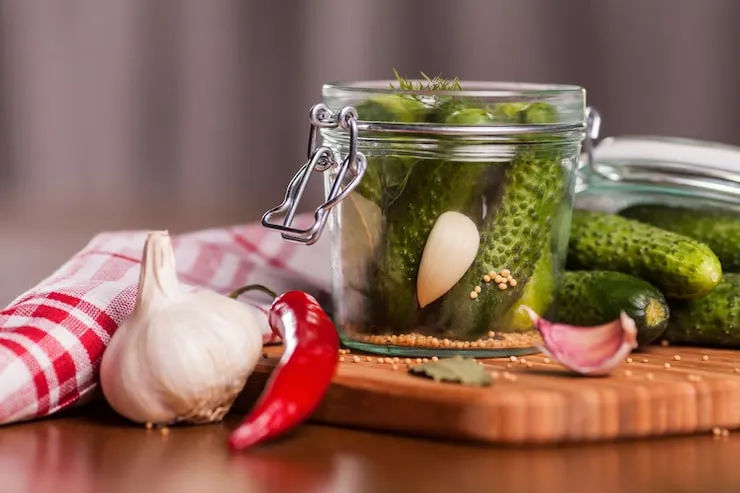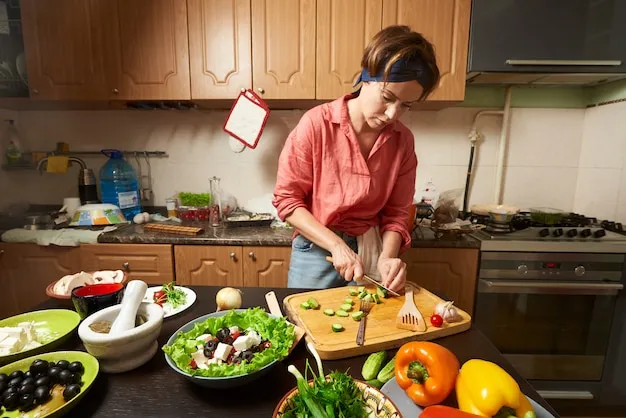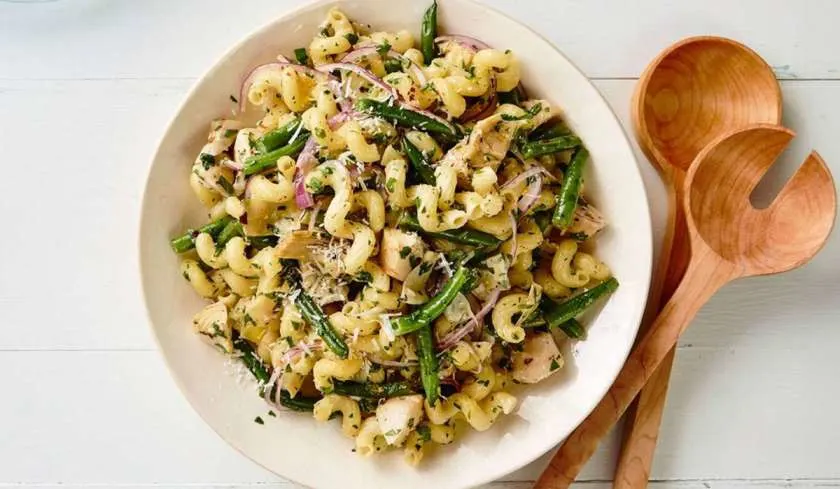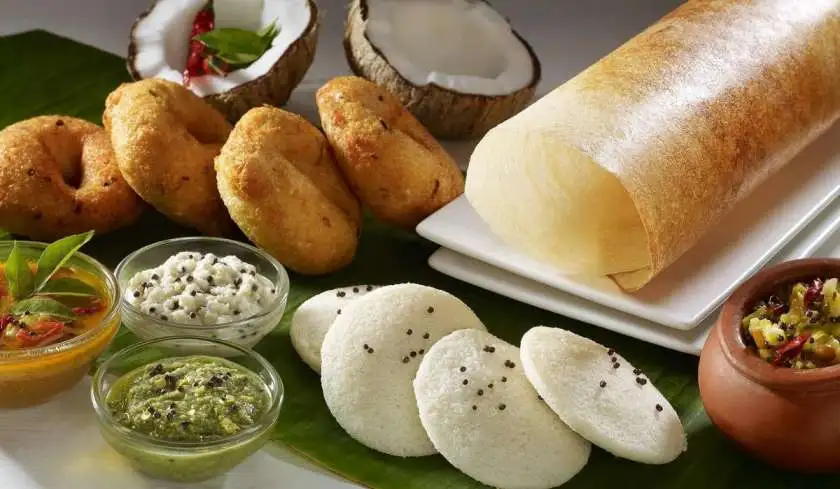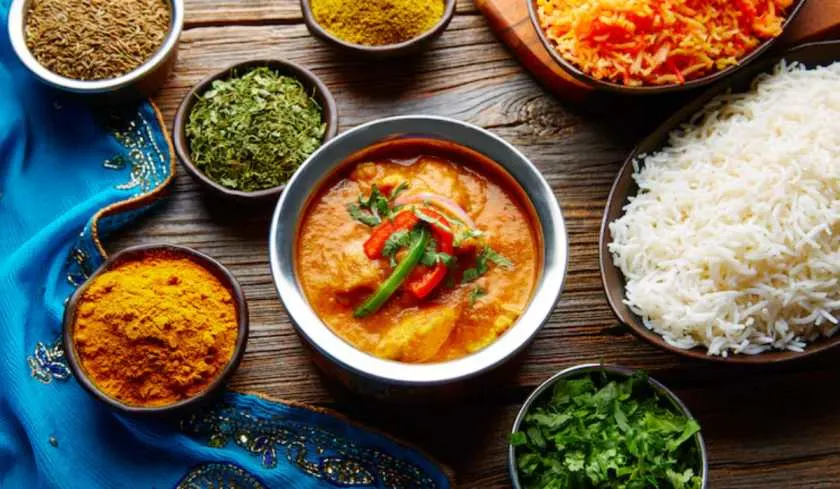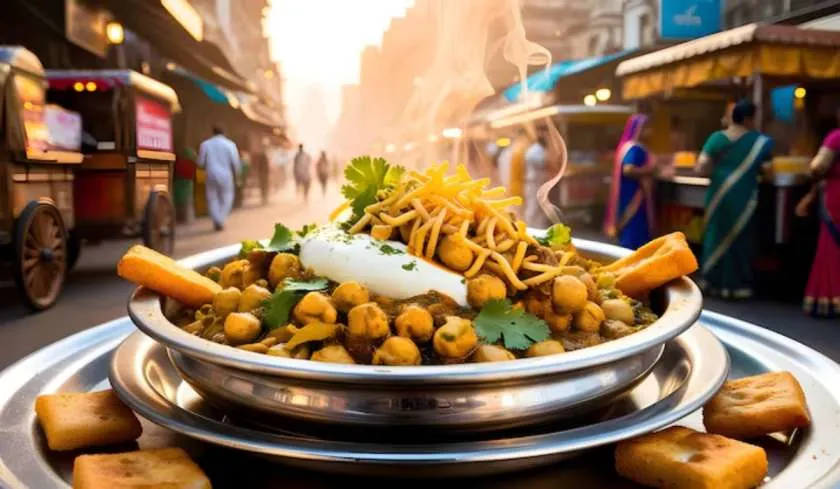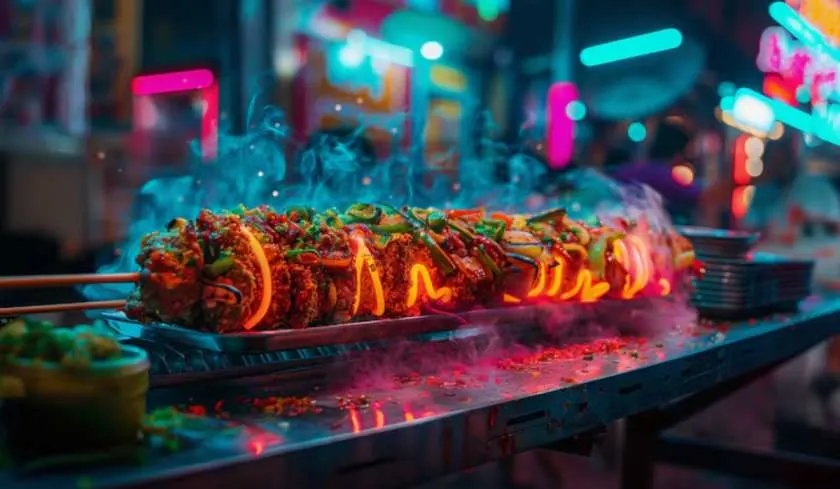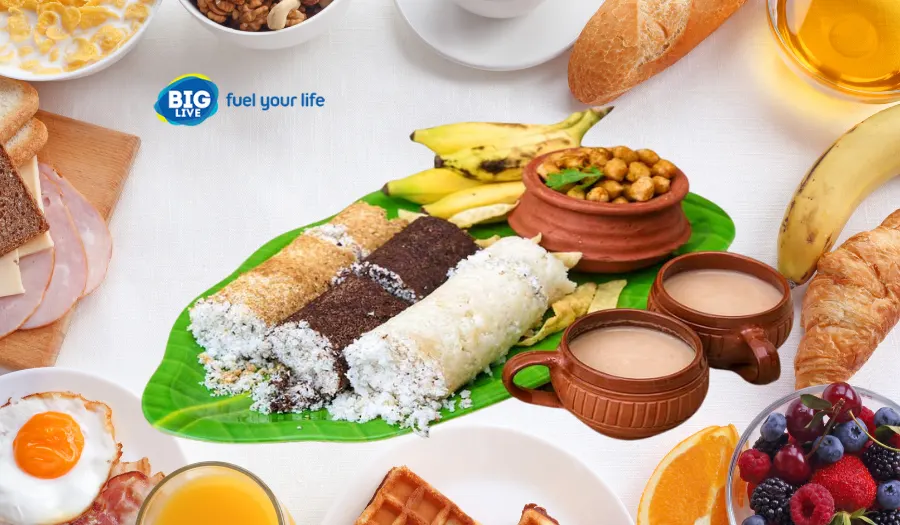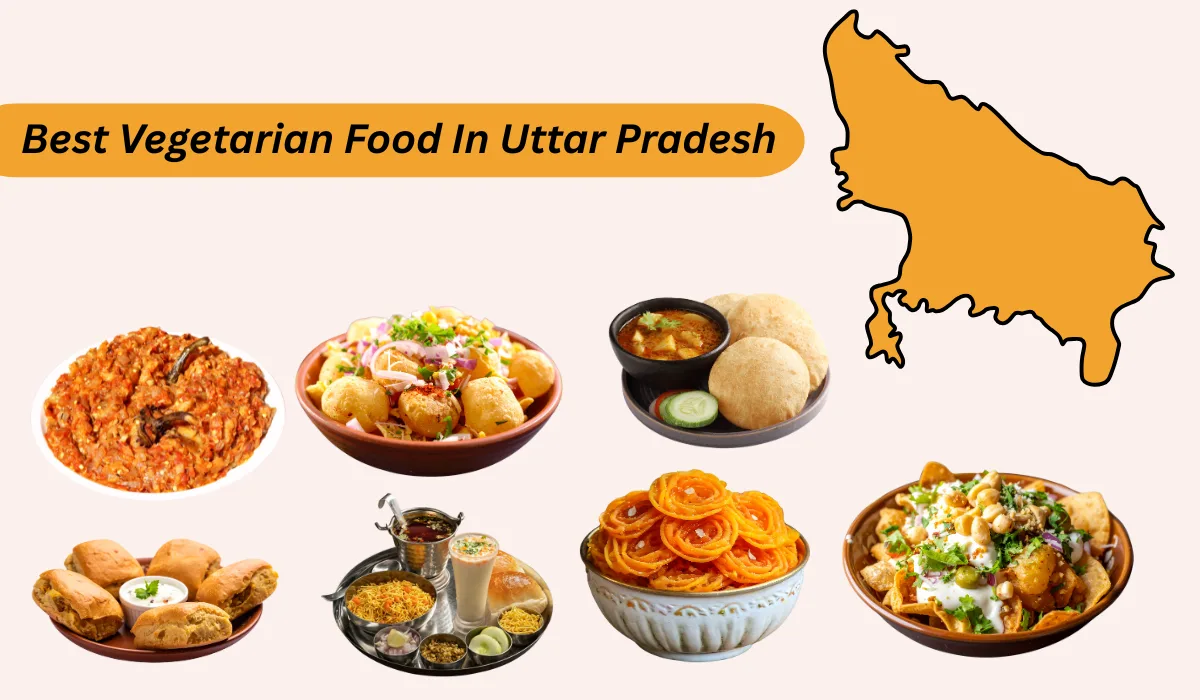Even saying the name kind of brings a smell to your nose, right? Ghee. Roasted besan. A soft waft of elaichi maybe. That rich, grainy square of golden brown comfort. It’s not just dessert. It’s a memory, served warm.
If you’ve ever been to Gujarat during Diwali, or even Janmashtami, you’ll know. This thing—this simple, homey sweet—shows up everywhere. On thaals, in dabbas, hidden under old newspaper sheets in steel tins that look older than your mom.
But it’s not flashy. It doesn’t sparkle like kaju katli. It’s not gooey like gulab jamun. It doesn’t sit tall and proud like a ladoo. And still, somehow—ask any Gujarati—and they’ll tell you: this is the one that matters.
It’s Not Just a Sweet—It’s a Ritual
You don’t just make Mohanthal. You prepare it. Slowly. With some kind of silence in the kitchen that only gets broken by the scraping of the karchi on the kadhai. Gram flour toasts slowly in ghee. Your hands ache from stirring. Your nose twitches before your eyes see the right color.
And that sugar syrup? It's temperamental. One wrong string and you ruin the whole batch. Still, no one rushes it. Because the payoff. In homes across Gujarat—especially in smaller towns—you’ll still find grandmothers who’ll tell you “Don’t measure, feel it.” And that’s how it’s made. Not with spoons and cups, but with instinct and muscle memory.
There’s History in Every Bite
They say Mohanthal got its name from “Mohan”—that’s Lord Krishna—and “thal” meaning plate or offering. Makes sense. You’ll find it in every temple offering. In Dwarka, especially, they say Mohanthal was served as bhog to Krishna himself.
Whether or not you believe the stories, you can't deny this: Mohanthal feels old. Like it’s been part of homes and hands and hearts for hundreds of years. You taste it and something in you softens. Slows down. Like it brings you back to a time before delivery apps and microwave mithais.
Each Family Has Their Own Way
Here’s the thing though—no two Mohanthals taste the same. In one home, it’s softer. In another, it’s dense and holds its shape like fudge. Some use mava to make it richer. Some add rose water. Others swear by saffron. The amount of sugar? That’s a whole debate in itself.
Some roast the besan until it’s dark and nutty. Some leave it light. Some even sprinkle dried fruits on top. And some just keep it plain, old-school, the way bapuji liked it. But ask anyone from that household and they’ll say, This is the real one.
Festival Without Mohanthal? No, Thanks
Try picturing Diwali in Gujarat. You can’t, really, without sweets on the table. And among the stacks of store-bought goodies, one tray stands out. It doesn’t scream for attention. But you know it’s important.
The kids try to sneak a piece before the guests arrive. Moms shoo them away. Someone ends up licking the spoon. And if there’s a grandmother in the house, you’ll hear at least once: Yeh toh haath ka mazza hai. Even Janmashtami is incomplete without it. It’s a standard offering. But also… it’s emotional. Because Mohanthal isn’t just given. It’s made. With time. With thought. That’s rare these days.
The Emotional Mess That Comes With It?
Mohanthal brings baggage—the nice kind. It reminds people of their childhood. Of those noisy kitchens with too many people and one woman in charge of the whole sweet-making marathon.
It reminds you of the time you burnt your tongue because you couldn’t wait. Or the time you packed it in a lunchbox and it melted slightly but still tasted great. Of sneaking back into the kitchen at midnight just to cut another tiny piece from the tray.
Even Gujaratis living abroad? They get it couriered. Wrapped in layers. Because festivals aren’t the same without it. You might be in New Jersey or London, but one bite and you’re back in your old home in Rajkot or Surat.
Mohanthal Trendy Fusion Sweets
These days you’ll find Mohanthal cheesecakes or Mohanthal gelato in posh cafes in Ahmedabad and Vadodara. They’re good. Fun, even. But ask anyone who’s grown up with the real thing? They’ll smile, maybe politely. But in their head, they’re saying, Nice try, but not quite.
Because Mohanthal isn’t just about taste. It’s about feel. About touch. That warm thali. That smell that stays in the house for days. That one crooked square you always pick because it’s slightly bigger.
It Teaches You Patience (Seriously)
If you’ve ever made it, you know. It doesn’t rush. You can’t rush it. Try to cook it fast, and the besan stays raw. Try to skip the stirring, and it clumps. Get the syrup wrong? Ruined.
You learn to wait. To watch. To trust your eyes and your nose. To test that syrup with fingers, like your grandmother did. And when it finally sets? You wait again. Till it cools. Till it firms. And only then, you cut it. Gently. With a sharp knife dipped in ghee. You don’t just make Mohanthal. You learn from it.
It’s Generational
There’s probably a page in your mother’s old diary with the Mohanthal recipe written in faded ink. Or folded paper with oily spots tucked into a cupboard. And you better believe that piece of paper has more value than anything Google can give you. Because that version—that exact ratio, that trick she wrote in the margin like “roast till it smells nutty, not burnt”—that’s your family’s Mohanthal.
And when you move out, or move abroad, or try it yourself for the first time it’s like that recipe gives you permission. To remember. To try. To mess up, maybe. But to still feel connected.
What Makes It Gujarat’s Most Loved?
It’s not the sweetest. Not the prettiest. Not the most famous. But it stays with you. You can eat five kinds of sweets at a wedding—but Mohanthal is the one you go back for. Quietly. Maybe at the end. Maybe alone. Maybe after everyone’s left. Because it gives you something the others don’t. Something solid. Something slow.
Final Thoughts
So, yeah. Other states have their sweets. Bengal has rosogolla. Punjab has pinni. Tamil Nadu has mysore pak. But Gujarat? We have Mohanthal. It’s not about trends. Or Instagram photos. Or fancy packaging. It’s about that plate your mother brings out only twice a year.
That smell you didn’t know you missed. That bite that makes you feel safe. And maybe, just maybe—that’s why it’s not just Gujarat’s favorite. It’s Gujarat’s heart.



